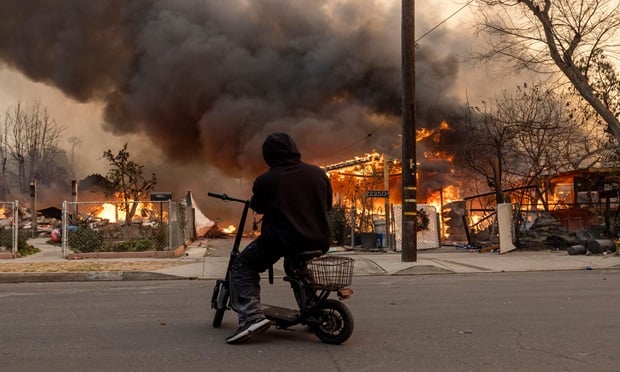The property and casualty insurance industry continued to have sufficient reserves through 2009, though adverse development of older-year losses and a downward trend in premium growth could reverse favorable reserve strengthening trends in the future, according to a Conning Research & Consulting report.
The industry's 2009 reserve position strengthened slightly, Conning said, despite $18.6 billion in reserve releases for the year. "In our view, the [p&c] industry reserve position has improved slightly in 2009, when compared with our previous analyses," said Stephan Christiansen, director of research at Conning.
But the Conning report, titled "Property-Casualty Loss Reserves: A Margin of Safety, But Is It Enough?" notes that the industry's premium growth, the primary source of funds for reserve strengthening, has continued its downward trend due to the ongoing soft market.
Additionally, Conning said, older years continue to develop adversely, which will put pressure on companies with significant legacy reserves compared to newer entrants. "If history is a guide, this increasing competitive challenge once again may lead to a reversal of these favorable trends in reserve strengthening," stated the report.
For the P&C industry as a whole, Conning said reserves remain modestly redundant at about 5 percent of carried loss reserves.
Private passenger auto liability reserves in 2009 were potentially redundant by 3.9 percent, said Conning--an improvement from 2.8 percent in 2008. While severity trends in this line are increasing, Conning said premium growth, rate increases and economic conditions have more than kept pace with losses.
Reserves for homeowners insurance in 2009 "may have been deficient by 1.5 percent of carried loss reserves," Conning said, compared to estimated redundancy of 3.1 percent in 2008 and 10.2 percent in 2007. Conning said some of the change reflects 2008 catastrophes "for which the payout patterns are somewhat uncertain."
Workers' compensation reserves may have been redundant in 2009 by 0.4 percent, Conning said, compared to a 4.1 percent deficiency in 2008. But Conning noted that the most recent accident years "are still quite green in terms of the emergence and evaluation, and must be treated with some caution."
Commercial auto liability saw reserve redundancy of 6 percent in 2009; commercial multiperil was at 2.2 percent; and other liability lines were at 7.4 percent, according to Conning.
Medical professional liability saw possible reserve redundancy of more than 26 percent of 2009 carried loss reserves, Conning said.
Want to continue reading?
Become a Free PropertyCasualty360 Digital Reader
Your access to unlimited PropertyCasualty360 content isn’t changing.
Once you are an ALM digital member, you’ll receive:
- Breaking insurance news and analysis, on-site and via our newsletters and custom alerts
- Weekly Insurance Speak podcast featuring exclusive interviews with industry leaders
- Educational webcasts, white papers, and ebooks from industry thought leaders
- Critical converage of the employee benefits and financial advisory markets on our other ALM sites, BenefitsPRO and ThinkAdvisor
Already have an account? Sign In Now
© 2025 ALM Global, LLC, All Rights Reserved. Request academic re-use from www.copyright.com. All other uses, submit a request to [email protected]. For more information visit Asset & Logo Licensing.








